Thankyou Heinrich
I did not redraw the hawse timbers,I used the sections provided and merely altered the reference points to suit the front frame face rather than some line that represents nothing.
I may carve the little figure from Pear when I fancy something different.Remember though,it is normal to have to "duck" to avoid the beams on the deck above.These ships did not have headroom as we know it.I would also check the height of the figure,people were smaller in the 17th Century than they are now.
Moving on,I decided to crack on with building the first part of the jig.This is for a chunk of the hull just aft of deadflat forward.To reduce the height of the frame extensions.the jig will have two levels due to the sheer at the stern.This section of the jig will have the aft cross member sawn of and be affixed into a full length jig running at the lower level once this section of frames is assembled.This is just to make life easier,this is going to be heavy,why manhandle a long jig until it is absolutely necessary.Incidentally,the jig will be far heavier than the fully framed hull.
The pictures are of work so far.The sections of frames are merely placed in the jig to show how it works.I will fit plywood squares to each end to enable the assembly to be turned on to four "sides".The crosspieces will be cut out flush with the frame extensions,once frames are glued into the jig,to allow me to get to the interior but at the same time keeping the hull true.
Not also,as the jig is built around my reference line,the frames are plumb,the keel will slope upwards towards the stern
Kind Regards
Nigel
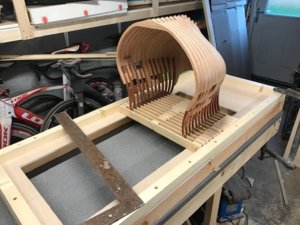
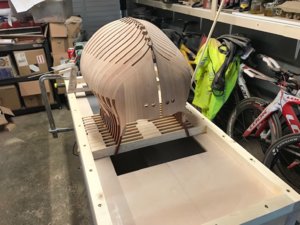
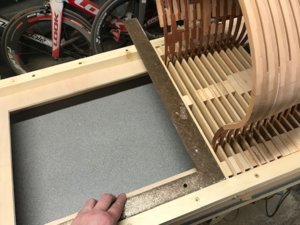
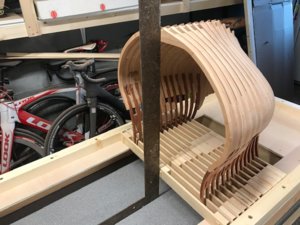








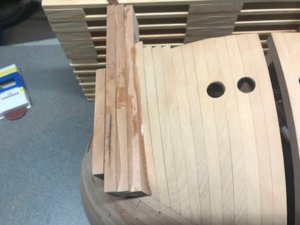
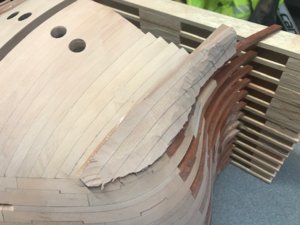
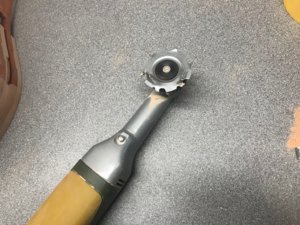
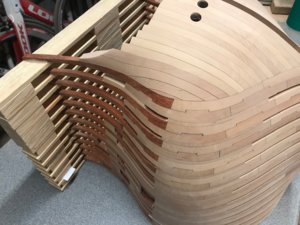
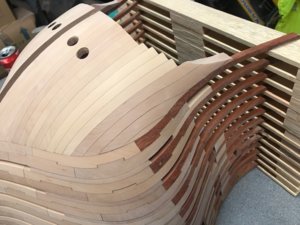
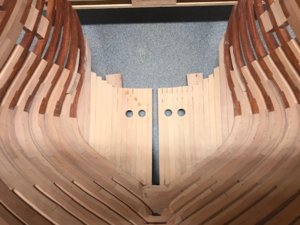


 O.
O.
 lets work on the Comte de Échelle I figured him out
lets work on the Comte de Échelle I figured him out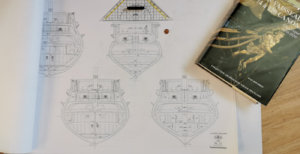
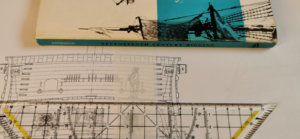
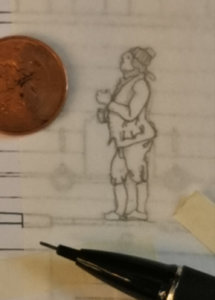




 !
!